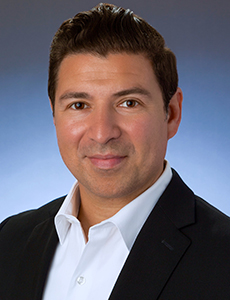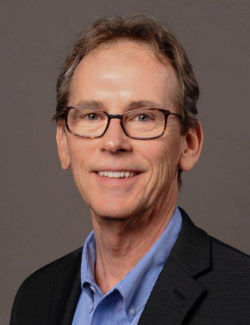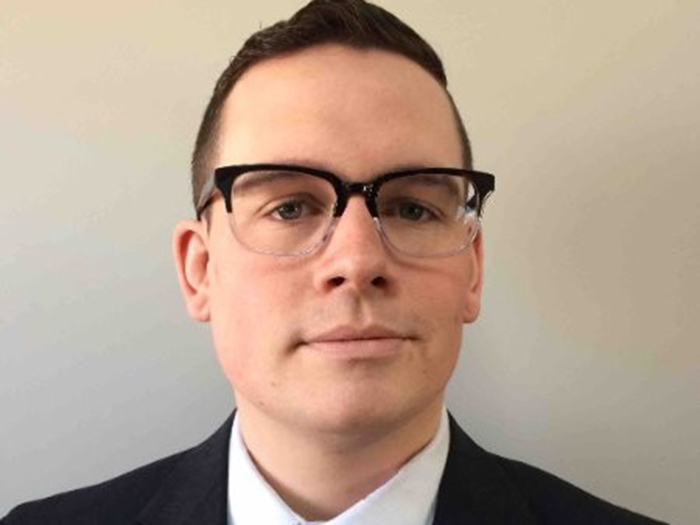Leveraging the Expertise of Occupational Health Partners Can Improve Your Safety and Workers’ Comp Programs. Here’s How

Occupational medicine practitioners can be a critical resource for employers, workers’ comp payers and patients.
Their expertise can help employers prevent injuries, provide direction to an injured workers’ treatment plan and help keep claims costs under control.
Occupational health professionals often work with employees at various stages of the employment process, so they’re able to serve as a trusted resource for any injured worker who may be experiencing anxiety during the claim’s process as well.
“In the event that somebody does get injured on the job, our clinicians understand the work environment that these people are coming from, they understand the mechanism of injury, and focus on the injuries to restore the individual’s function as quickly as possible,” said Dr. John Anderson, DO, FACOEM, executive vice president and chief medical officer, Concentra.
From Worker Safety to Treating Injuries
Occupational health care providers treat patients and help ensure safety within the context of the workplace. Their jobs primarily fall into three buckets: pre-employment screenings, safety training and surveillance, and treating workplace injuries.
On the pre-employment end, occupational medicine practitioners can help ensure a potential hire is physically qualified to meet the requirements of the job or make suggestions for accommodations that would allow them to work safely.
They partner with employers to create ADA and EEOC compliant testing to ensure employees are able to perform essential job tasks safely.
“All these things are tremendously important to ensure the worker can meet the physical demands of the job over time,” said Giovanni Gallara, PT, DPT, executive vice president and chief clinical services officer with Concentra.
“Many of us can perform a task once or twice, but the repetition of a task over the course of weeks, months and years potentially can create challenges if the worker doesn’t have appropriate mechanics and capabilities.”
Occupational medicine professionals will also help employers conduct workplace safety training and might come in and help employees make ergonomic adjustments from time-to-time to prevent injuries.
“Employers can partner with occupational health providers to help prevent injuries,” Gallara said. “Those could be things like educating safety managers, looking at ergonomics or worker readiness and fitness.”
No matter how safe a workplace, injuries will still occur from time to time. In those cases, occupational medicine practitioners, including physical therapists and medical clinicians will work together to help patients return to their pre-injury level of function.
“We are always considering reducing the risk of re-injury or harm to those individuals by preparing them to get back to work in a safe manner,” Anderson said.
Improving Communication and Claims Outcomes
By working with employees and employers at multiple stages of the employment and worker injury process, occupational health partners can help facilitate reliable communication between all of the different parties involved in a workers’ comp claim and reduce injured worker anxiety at every stage of the process.
“The advantage of using an occupational health provider who’s trained in the nuances of occupational medicine is to manage and control cases. Injuries are going to happen in the workplace regardless of how safe the environment is,” Anderson said.
“Using a solid occupational health clinician or provider group will help the employer and the payer to manage the case, and to ultimately manage the cost.”
Occupational health professionals understand the complexities of workers’ compensation and occupational health and safety standards.
This expertise allows them to collaborate with employers to create a triage and injury reporting plan, so that each and every workers’ comp injury is properly evaluated and treated.
“The occupational health clinician really has to engage with the employer on a regular basis to talk through cases and make recommendations and provide updates,” Gallara said.
“If the employer doesn’t file a claim quickly, the work comp carrier doesn’t have any visibility into the injury, and that could create some delays from an authorization and treatment standpoint down the road.”
Occupational health providers also provide a familiar face to help patients navigate the workers’ comp system. Workers may feel anxious during the claims process and seeing a provider who helped them with safety training or conducted pre-employment screenings can be comforting.
“The occupational health clinician can really help navigate and allay some of those early anxieties or fears about a return-to-work or restricted duty,” Gallara said.
“These workers are basically seeing these physicians, these therapists, these athletic trainers in their work sites, so there’s an understanding that these clinicians have witnessed, experienced, made recommendations about and understand their daily demands. If and when an injury occurs, going to see those same clinicians and seeing them for the actual injury care, that provides a much better level of safety and understanding of that injured worker.”
Selecting an Occupational Health Partner
The demand for these occupational health experts is only increasing. Per the Bureau of Labor Statistics, there will be on average 4,500 openings for occupational health and safety specialists each year over the decade between 2021 and 2031.
As employers learn the value of working with these clinicians, they might wonder what particular expertise or training they should be looking for when they select their partners.
“It’s really important for employers to understand, if they’re going to partner with a clinician group, to really ask some questions about occupational health,” Gallara said.
“If you think about the curriculums of medical schools and physical therapy schools, there’s really not a huge focus on the nuance of occupational health.”
Anderson and Gallara recommend looking for a partner that works with experts in multiple disciplines, including physical therapy and more traditional providers.
With a multidisciplinary team in place, injured workers will be treated by clinicians who are coordinating with one another during the life cycle of a claim.
“That patient is basically being cared for by a multidisciplinary team that’s communicating in real time, oftentimes with the patient as part of that decision making process,” Gallara said.
They also note the importance of finding a partner who has extensive experience addressing health and safety concerns within a workplace environment and who has received training in the intricacies of occupational medicine.
These clinicians will understand the importance of building a relationship with their patients and they’ll be able to center the needs of injured workers throughout the claims process.
“Our occupational health training for our clinicians centers around developing a relationship with that patient,” Anderson said.
“Our clinicians are trained to understand the anxieties and the stresses that patients have, the fears of returning to work, and they’re equipped to deal with those right upfront to establish a relationship with that patient to generate confidence in the treatment plan.” &












